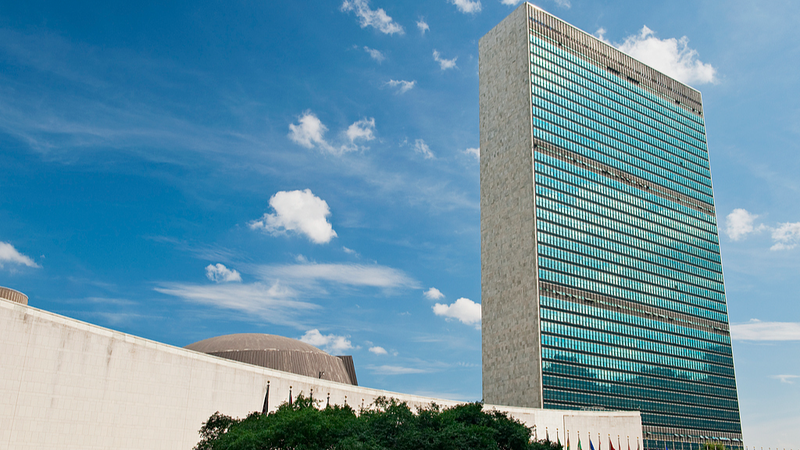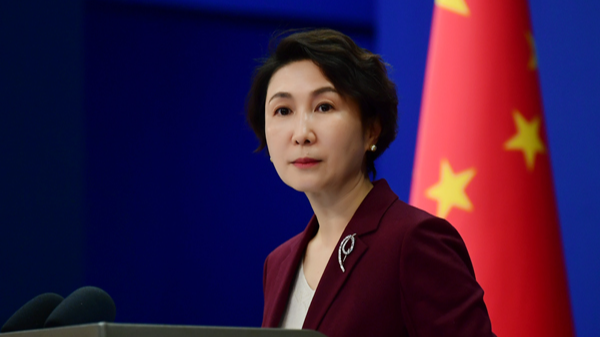Beijing is gearing up to revolutionize how we experience its 3,000+ years of history. A newly released 2035 plan from the Beijing Municipal Cultural Heritage Bureau sets the stage for a digital makeover of the city’s relics, blending AI, big data and VR to bring ancient treasures to life.
At the heart of the plan is a comprehensive digital database of all immovable relics, built on decades of national surveys. This central hub will store high-resolution scans, 3D models and detailed metadata, offering researchers, students and global audiences instant access to Beijing’s heritage.
Preservation methods will get a boost too. New materials and techniques are in development to safeguard ancient wooden structures against decay and environmental threats, ensuring masterpieces like the Forbidden City’s ancestral halls endure for generations to come.
Museum exhibits will transform from static displays into immersive experiences. Visitors could don VR headsets to walk through a Tang dynasty courtyard or use augmented reality apps to reveal hidden patterns on pottery. IoT sensors and AI-driven security will monitor artifact conditions in real time, minimizing human error and maximizing preservation.
To fuel this innovation, Beijing will partner with universities to launch interdisciplinary programs in cultural heritage technology, bridging archaeology, computer science and design. Enhanced incentives will fast-track lab breakthroughs into practical museum applications, empowering a new generation of heritage technologists.
For young global citizens, tech enthusiasts and digital nomads, this plan signals a new era of cultural discovery. By harnessing cutting-edge tools, Beijing is not just preserving the past—it’s building an interactive, data-driven bridge to history that anyone, anywhere can explore.
Reference(s):
cgtn.com



